Installing properly designed and strategically placed bike racks enhances commercial bike parking accessibility for all cyclists. Careful consideration of ADA standards and intended usage helps properties provide optimal bike storage. This article outlines best practices for installing commercial bike racks for maximum accessibility.
ADA Requirements for Bike Racks
The Americans with Disabilities Act (ADA compliance) governs public life. These legal bike parking guide regulations apply tocommercial bike rackselection and placement. ADA-compliant bike racks suit riders requiring accommodations using mobility equipment. Ideal options offer:
- Adjustable arms accounting for diverse rider heights
- Lowest edges facilitating access from seated positions
- Stable, widened bases easing wheelchair transfers
Bike Rack Placement
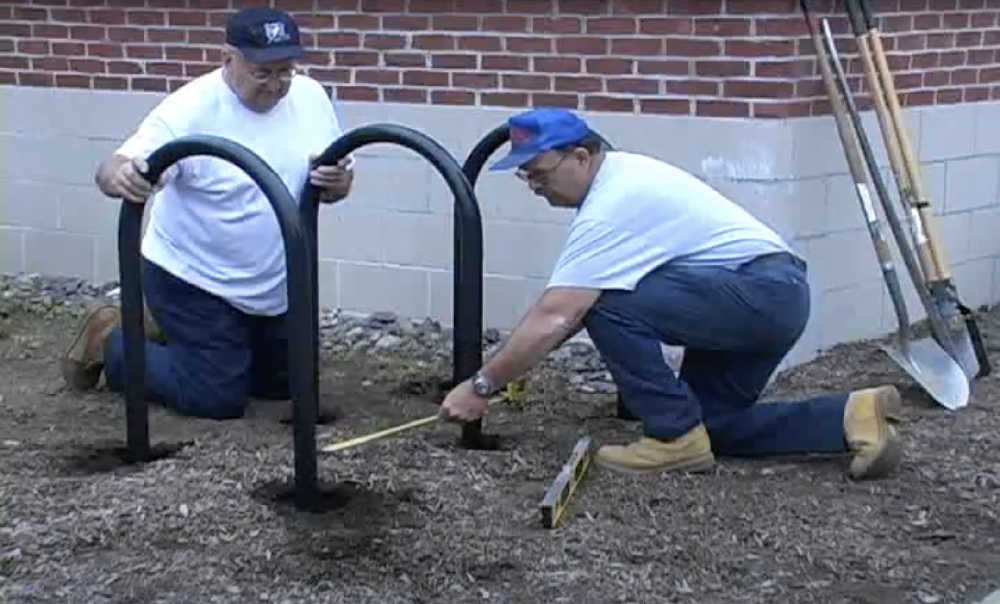
Proper aisles around racks enable maneuvering mobility devices for transfers and storage. Federal guidelines mandate:
- 30” x 48” clear floor space per bike rack
- At least 36” wide access aisles
This access aisle is needed to allow users of mobility devices enough room to navigate and turn to approach the racks. Having proper dimensions for these aisles and floor spaces is crucial so mobility aid users can comfortably maneuver, remove, and replace bikes in the racks without obstruction.
Additionally, while bike racks should be placed close to facility entrances for convenience, they cannot obstruct or impede the main pedestrian traffic flow in and out of doors. Elements like staple racks, bike shelters, and other bike parking infrastructure must be thoughtfully located adjacent to entry doors without actually blocking the width or sightlines of the main pedestrian access routes. Having bike racks act as barriers to principal doors or corridors would pose accessibility issues and violate ADA regulations. Careful planning allows racks to reside very near entries (within 50 feet is recommended) while preserving adequate, unimpeded ingress/egress passageways.
Consider browsing an ultimate bike rack buyer's guide to ensure you are selecting the right product for your business.
Prime, Yet Practical Locations
Ideally, racks should reside within 50 feet of the main building entryways to maximize convenience and visibility. However, simply placing them next to doors risks impeding handicap-accessible routes. Instead, identify adjacent areas just off prime entry paths, offering the necessary ground clearance. These secondary locations still enable short travel distances while keeping main walkways obstruction-free.
To determine the optimal spacing for bike rack layout in the city park, the contractor referenced ADA standards about required clearances around and between racks to ensure adequate room for maneuvering mobility devices.
Visibility of Racks and Signage
Ensure racks stand out clearly through color contrasts like bright silver frames against darker building exteriors. This makes them more visible and identifiable as bike parking infrastructure. The ADA also mandates accessible signage at bike rack locations that are visible to those with vision or mobility limitations or at nighttime. Specifically, signage indicating the presence and direction toward accessible bike racks must incorporate raised tactile letters, Braille, and non-glare lighting for after-dark visibility. Using light background colors and bold contrasting text also aids readability.
Signs should be mounted at an appropriate height and avoid visual obstruction so those approaching an area can readily spot the way toward available bike racks. Integrating reflective properties helps signage stand out better, increases visibility, and makes navigation to bike parking facilities easier. By law, the design and installation of these signs directing to accessible bike rack placement must comply with comprehensive ADA requirements so mobility device users can independently locate and utilize suitable parking.
Bike Rack Designs for Accessibility
While traditional "inverted U" racks work for able-bodied cyclists, people with certain disabilities often find wave, circle, or other user-friendly bike rack designs easier to utilize. Seek racks with:
- Adjustable or movable arms to accommodate diverse heights
- Integrated locks without reaching or bending
- Wide, stable bases rather than thin legs
Wheels should nest firmly within the rack without equipment tipping during locking procedures. Consider replacing your bike racks for optimal storage and accessibility.
Ground Surfaces Matter
Avoid grass, gravel, cracks, or uneven ground covering areas under and around racks. These conditions needlessly complicate access and maneuvering for disabled patrons. Ideally, pour concrete pads or firm asphalt surfaces without sudden grade changes to enable smooth rolling up to and through rack access aisles.
The ADA prohibits uneven pavement, cracks, and cross-slopes overeating standard-weight steel pipe bike racks. Instead, pour concrete pads or paved asphalt without grade changes so wheels roll easily up to designated bike parking areas. These smooth surfaces facilitate maneuvering through access aisles.
Accessible Route Signage
Install visible signage in compliance with ADA standards clearly indicating directions to bike racks and parking. This allows route planning to accommodate mobility devices. Integrate signs conveying proper locking technique instructions benefiting all cyclists.
By integrating accessibility best practices into the installation of thoughtfully sited bike racks, commercial properties demonstrate dedication to patrons requiring accommodations. Careful planning ensures safe, independent bike storage access for diverse riders.
Responsible Maintenance Checks
Regular maintenance inspection ensures ongoing accessibility compliance:
- Repaint faded access aisle boundary markings
- Confirm vehicular overhangs don't obstruct aisles
- Check for cracks/settling and obstructing street furniture
By integrating these bike rack best practices with ADA guidance, commercial locations demonstrate dedication to accommodating customers using adaptive mobility equipment. Visit ada.gov for complete federal accessibility regulations and measurements.
By following these bike rack best practices related to ADA accessibility standards, placement, design, and maintenance, commercial locations demonstrate dedication to accommodating all cyclists regardless of physical limitations. Careful planning makes the difference in enabling safe, independent access.
About Furniture Leisure
Furniture Leisure leads the commercial outdoor furniture industry after over 20 years of providing quality products built to withstand heavy use. Since 2003, we have supplied thousands of satisfied clients, including hotels, parks, campgrounds, offices, and more.
We offer one of the widest selections available with durable and attractive commercial-grade picnic tables, patio sets, benches, grills, bleachers, trash receptacles, bike racks, and commercial dining packages made right here in the USA. Our experienced team works closely with customers to meet their unique needs for outfitting any public space.
In addition to our vast selection and deep industry expertise, Furniture Leisure also sets ourselves apart with best-in-class customer service. We aim to pair each customer with the ideal pieces for their vision. Contact us to learn more and discover why tens of thousands of clients have trusted us for all their outdoor commercial space furniture needs.
Frequently Asked Questions (FAQs)
What are the ADA requirements for bike racks?
The ADA mandates at least 30 inches x 48 inches of clear ground space per bike rack, plus 36-inch wide access aisles so wheelchair and mobility device users can maneuver to use the racks comfortably. Racks also cannot obstruct designated accessible building entry routes.
Where should bike racks go at commercial properties?
Ideal spots locate racks within 50 feet of main doors for convenience while just to the side of primary pedestrian travel paths to keep throughways open. This allows easy access but avoids blocking ADA accessibility routes.
What bike rack types work best for disabled riders?
Look for racks with adjustable arms, integrated locking mechanisms at varying heights, wide bases rather than skinny legs, and wheel channels that provide stability. Wave, circle, and other ergonomic designs often accommodate adaptive mobility devices better than basic inverted U shapes.
Why pay attention to ground surfaces at bike racks?
Cracked, uneven pavement or grass/gravel create needless access headaches. Pour concrete pads or smooth asphalt surfaces instead to enable rolling freely up to and through bike rack access aisles. This allows easy maneuvering for all.
















































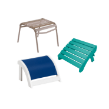





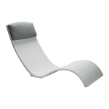







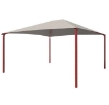

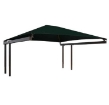

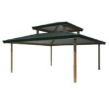
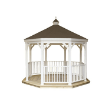
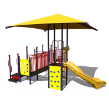













































Leave your comment